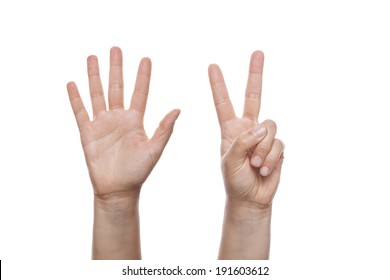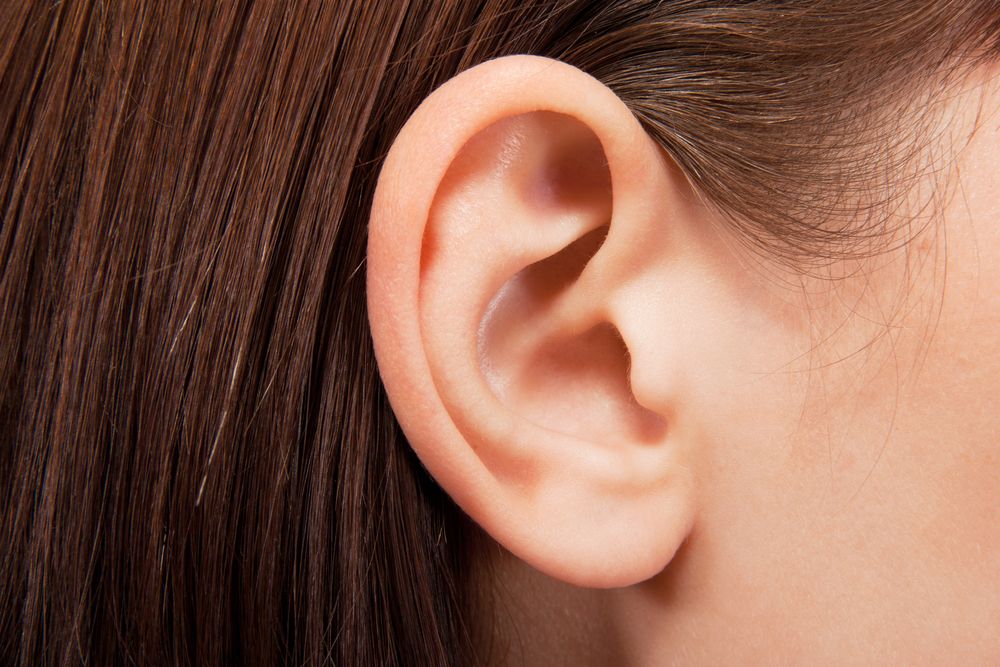Tuesday 30th June
Hello Wrens
Let's get straight into our learning today.
English.
I hope you had fun creating your story maps yesterday because today we are going to use them to write the first part of our Superhero story.
So........
If you are in Reception you need to think of and write a sentence(s) to tell me about the first picture on your story map. Don't forget to use your sound mat to help you.
If you are in Year 1 you need to write several sentences to tell us the first part of your story. Don't forget your capital letters and full stops and remember to use your tricky word and sound mats.
Extra challenge - This week we are learning about the 5 senses. Can you include the 5 senses in your story? Today can you put in something you can see?
Here is the first part of Purvis and Mickey Thompson's story.

One sunny day Supermouse and Albert Mousestein were speeding through the sky keeping a sharp eye out for the evil genius Creepy McClaw. Suddenly Supermouse spotted something strange happening in the middle of town. It looked like a giant pink bubbling lake. They flew closer to take a look.
Maths.
Reception.
Yesterday we started to learn about subtraction or taking away. Can you remember what happens to our number when we take away?
That's right they get smaller.
Counting backwards is a really useful skill in subtraction. So let's practise this by singing the 10 little numbers song to warm up.
Now let's practise some more subtraction, using the monster powerpoint below. The powerpoint begins to introduce number lines so I have also attached some you can print off for those of you working at home.
Once you have had a go at the powerpoint then try the monster subtraction questions. Can you write a number sentence to go with each one?
Year 1.
Yesterday we were learning to add by making 10. We are going to be practising this again today, but first of all let's warm up by practising our number bonds again with a game of ping pong.
So if I ping you the number 7 using my fingers. 
You need to pong me back the number bond which will make 10 using your fingers. You would need to pong me back 3. 
Now let's practise are addition by making 10 by working through the powerpoint below. Once you have done that there are 3 different levels of fluency activities to have a go at and a discussion problem if you would like some extra challenge.
Topic.
This week in Science we are learning about the 5 senses. Can you remember what they all are?
Watch the BBC video below to find out how animals use their senses to survive.
Today we are going to be learning about the sense of hearing. What part of the body do we use to hear?
Have a look at the activities below and choose some of them to practise using your sense of hearing.
- Go on a listening walk. Remember to be quiet and listen carefully. You might be surprised at all the different sounds you can hear.
- Play a secret sounds game. Ask your grown-up to hide some objects which make a sound under a blanket. As they play them one by one can you work out what they are? You could either play this game with a selection of musical instruments of some household objects that make a sound (for example, bottle of water, keys, scrunching newspaper, cutlery)
- Mystery shakers. If you have some plastic Easter eggs they are ideal for this. Fill them with different objects which will make a sound (rice, pasta, coins, marbles, beads, paper-clips, seeds) and see if your child can guess what is inside. You could also use small plastic bottles for this activity and cover the outside.
- Can you follow a rhythm? Ask your grown-up to clap or tap out a rhythm using different body parts. Can you follow it? Have a go at the body percussion with Ollie Tunmer below. There are lots more examples on the Youtube under the Beat goes On.
-
- Environmental sounds. Head outside with some drumsticks (claves or wooden spoons are great) and see what sounds you can find. You could also try this inside (with permission). Can you make yourself a home made drum kit?
- Water xylophone. Fill some glasses with different amounts of water. If possible the glasses all need to be the same. Tap them gently with a fork. Can you hear the different sounds they make? Can you use them to play a tune?
When someone has lost their sense of hearing we call it being deaf. As we found out with being blind yesterday being deaf would make some things in life difficult. One thing that would be a problem if we were deaf is that we wouldn't be able to hear when other people talked to us. Sometimes deaf people use sign language to communicate with others.
Can you think which senses they use to listen instead of their sense of hearing when using sign language?
Have a go at learning some sign language using the video below.
I hope you have a very busy and fun afternoon.
Best wishes
Mrs Lightfoot (and Purvis and Mickey Thompson)


